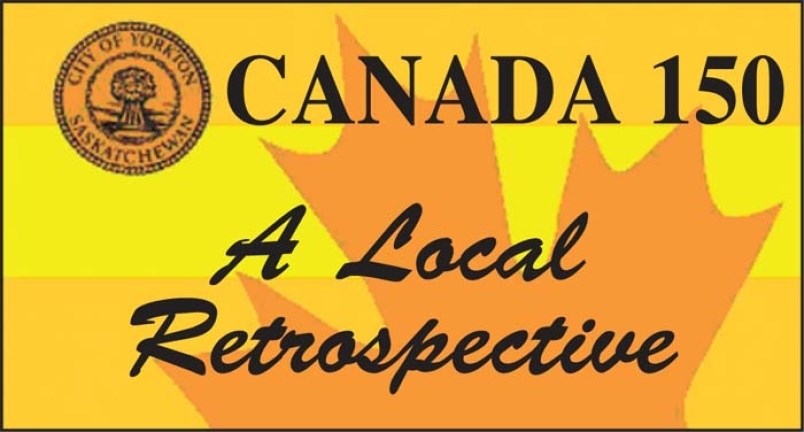July 20, 1905 was an important date in Saskatchewan history. Royal ascent was given to the Saskatchewan Act, which established the province of Saskatchewan and established the capital of the province in Regina. At the same time, the Alberta Act created the province of Alberta and established that province’s capital in Edmonton. While the act received royal ascent, the province would not become a province until September 1 of that year.
The birth of the province was not a smooth one. The premier of the North West Territories at the time, Frederick Haultain, wanted to see one big province that covered all of the area between British Columbia and Manitoba. The federal government, however, did not, instead preferring splitting the territory into two or three pieces, in order to keep it from “becoming unwieldy” and to prevent it from having too much influence on the federal level, the fear being that such a big chunk of the country would come to dominate Canada. The end result was two provinces, Alberta and Saskatchewan, which we have had for 112 years.
The first edition of the Yorkton Enterprise immediately following the act, on July 23, 1905, made no mention of this, instead focusing on the results from the summer fair.
The month of August, however, was dedicated to discussing the issues that would face our then-new province, with political conventions called and discussions about what the focus of any incoming government should be. Haultain pushed hard for people to fight for provincial rights in this, the newest province in the dominion at that time.
One of the provisions of the Saskatchewan act was a provision for a separate school system for students of the minority religion in any district. Not everyone was for this provision, least of all Rev. Leo Pociechowski, who took charge of the Holy Cross Mission. In an interview with the Enterprise, Pociechowski, in spite of being quoted as saying he was no enemy of any parochial school, left no doubt to his opinion of them, arguing they should receive no public funding, declaring the standards of education to be inferior to the public system and relaying an anecdote from Chicago that he believed representing the quality of eduction in a separate school system.
“A foreigner who had been raised in the United States and educated in a separate school there was applying for citizenship papers. The judged asked him, among other questions, “What is the name of the country you live in?” “Chicago,” he replied. “Who is Roosevelt and what is he?” was next asked. “He is a Protestant and if I get my papers I will not vote for him but will vote for the holy father at Rome who is the ruler of this country,” replied this would-be American citizen. Needless to say he did not get the papers,” said Pociechowski.
The separate school system, like the province itself, has endured for 112 years, albeit not without controversy, the most recent being the case of St. Theodore School and how that will affect separate school funding.
Interestingly, while the province officially became a province on September 1, 1905, the masthead of the Yorkton Enterprise did not change until the September 13 edition, instead reading “Yorkton, Assiniboia” in the September 6, 1905 edition.
If there’s one example of how different Yorkton looks now as compared to 1905, it has to be the ad for Richard W. Russell, jeweler. In advertising his new line of fancy mantle clocks, instead of giving an address simply said “You know where our store is.”




